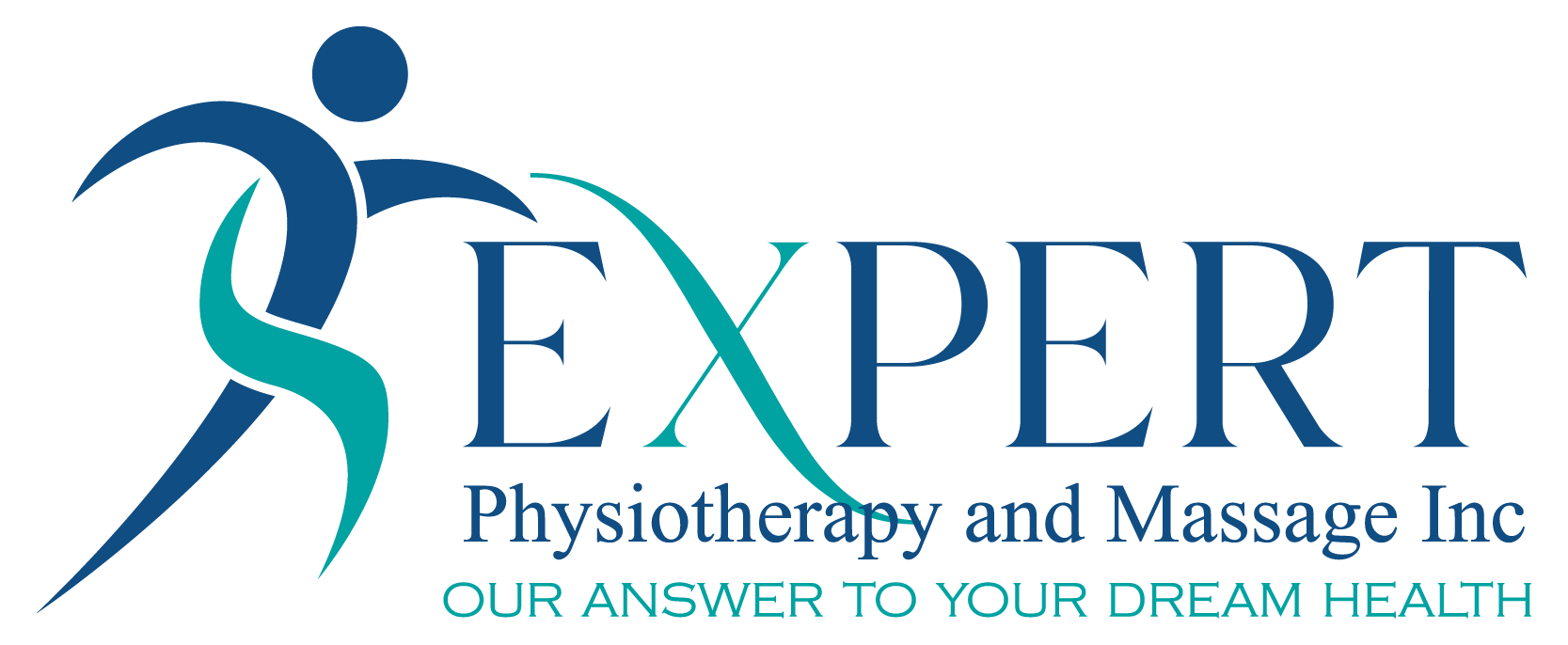Sure! Here’s a detailed blog post for Expert Physiotherapy and Massage Inc about Disc Bulge and Back Pain:
Understanding Disc Bulge and Back Pain: How Expert Physiotherapy and Massage Inc Can Help
Back pain is one of the most common complaints that bring people to a physiotherapy clinic. One common cause of back pain is a disc bulge in the spine. At Expert Physiotherapy and Massage Inc, we specialize in diagnosing and treating disc-related back issues to help you get back to your daily life pain-free.
What Is a Disc Bulge?
Your spine is made up of vertebrae separated by discs — soft, gel-like cushions that act as shock absorbers. Each disc has a tough outer layer (annulus fibrosus) and a soft, jelly-like center (nucleus pulposus).
A disc bulge happens when the outer layer weakens or tears, causing the inner gel to push outward beyond the normal boundary of the disc. Unlike a herniated disc, a bulge is usually broader and less severe but can still cause significant discomfort.
How Does a Disc Bulge Cause Back Pain?
When a disc bulges, it may press on nearby nerves or irritate surrounding tissues, leading to symptoms such as:
- Dull or sharp back pain
- Radiating pain down the legs (sciatica)
- Numbness or tingling in the lower limbs
- Muscle weakness
- Stiffness or reduced mobility in the back
The location and severity of symptoms depend on which disc is bulging and whether it compresses nerves.
What Causes a Disc Bulge?
Several factors contribute to disc bulging, including:
- Age-related wear and tear (degeneration of discs over time)
- Poor posture over long periods
- Repetitive heavy lifting or twisting motions
- Sudden trauma or injury to the back
- Excess body weight increasing spinal load
- Genetics and disc health predisposition
How Does Expert Physiotherapy and Massage Inc Treat Disc Bulge?
Our treatment approach is personalized to your symptoms and needs, focusing on:
1. Comprehensive Assessment
We perform a detailed physical examination and review your medical history to understand the cause and severity of your disc bulge.
2. Pain Management
Using techniques like manual therapy, massage, and modalities such as ultrasound or TENS, we help reduce pain and inflammation.
3. Targeted Exercise Programs
We design specific exercises to strengthen core and back muscles, improve posture, and stabilize your spine.
4. Postural Education and Ergonomics
Our therapists teach you how to modify your daily activities and workplace setup to prevent further disc stress.
5. Gradual Return to Activity
We guide you safely back to your regular activities, ensuring proper body mechanics to avoid recurrence.
When Should You See a Physiotherapist?
If you have persistent back pain that does not improve with rest, or if you experience numbness, tingling, or weakness in your legs, it’s time to consult a physiotherapist. Early intervention can prevent symptoms from worsening and improve your recovery.
Tips to Prevent Disc Bulge and Back Pain
- Maintain good posture when sitting and standing
- Avoid prolonged sitting; take frequent breaks to move
- Use proper lifting techniques (bend knees, keep back straight)
- Maintain a healthy weight
- Stay active with regular low-impact exercises
- Strengthen your core muscles
At Expert Physiotherapy and Massage Inc, we’re committed to helping you recover from disc bulge-related back pain through expert care, education, and personalized treatment. Book a consultation today and take the first step toward a healthier back!
Frequently Asked Questions About Disc Bulge and Back Pain
1. How to relieve bulging disc pain in the lower back?
Relief often comes from a combination of rest, gentle stretching, physiotherapy exercises to strengthen the core and back muscles, pain relief techniques like heat/cold therapy, and avoiding activities that worsen pain.
2. What are the symptoms of a compressed disc in the lower back?
Symptoms include localized lower back pain, radiating pain down the legs (sciatica), numbness, tingling, muscle weakness, and sometimes difficulty with walking or standing.
3. How can I test myself for a herniated disc?
While self-assessment is limited, common signs include pain worsening with certain movements (bending, twisting), leg pain below the knee, numbness, or weakness. However, a professional evaluation and imaging are needed for accurate diagnosis.
4. How to get a herniated disc back in place?
A herniated disc cannot be “pushed back” manually. Treatment focuses on pain management, physical therapy to strengthen supporting muscles, and in severe cases, medical interventions like injections or surgery.
5. Is walking good for a bulging disc?
Yes, walking is a low-impact exercise that helps maintain mobility, promotes circulation, and can reduce stiffness. However, it should be done within pain limits and as advised by a physiotherapist.
6. What flares up a bulging disc?
Activities involving heavy lifting, sudden twisting, prolonged sitting or standing, poor posture, and overexertion can flare up symptoms.
7. How to tell if a bulging disc is getting worse?
Worsening symptoms may include increased pain intensity, spreading pain to legs or feet, numbness, tingling, muscle weakness, or loss of bladder/bowel control (which requires immediate medical attention).
8. How do I know if my back pain is a disc or muscle?
Disc pain often radiates to the legs, causes numbness or tingling, and worsens with certain movements. Muscle pain is usually localized, aching, and related to muscle strain or tension.
9. Can I barely walk from a herniated disc?
Severe herniation can cause significant nerve compression leading to weakness and difficulty walking. This situation requires urgent medical evaluation.
10. Does a bulging disc hurt all the time?
Pain from a bulging disc can be intermittent or constant, varying with activity level and inflammation.
11. Should you go to work with a bulging disc?
This depends on pain severity and job demands. Light duties or modified work may be possible, but rest and treatment are important to prevent worsening.


